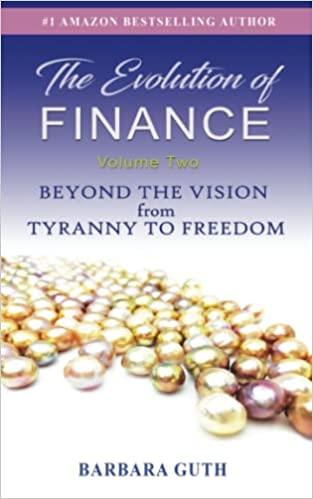Question
Assumptions: The stock of X is owned equally by two shareholders: Y (a corporation) and A (an individual). X and Y use the accrual method,
Assumptions: The stock of X is owned equally by two shareholders: Y (a corporation) and A (an individual). X and Y use the accrual method, A uses the cash method, and all use a calendar taxable year. Assume section 1059 does not apply. Use a 34 percent corporate tax rate in this problem. During the current year, X accrued income and expenses as follows:
Gross income from business $500
Dividends on AT&T stock (consider sec. 243) 100
Interest on municipal bonds (sec. 103) 100
Capital gain 100
Total $800
Deductible sec. 162(a)(1) business expenses $ 430
Noncapital expenses not deductible under sec. 162(e) 90
Capital losses (see sec. 1211(a)) 146
Total $ 666
Net $134
On December 24 of the preceding year, Y and A incorporated X and capitalized X with cash of $100 each. On December 31 of that preceding year, Y and A received distributions from X of $5 each, in the current year. Which distributions should be gross income to Y and A, in what amounts, and why?
What does E&P have to do with this?
Step by Step Solution
There are 3 Steps involved in it
Step: 1

Get Instant Access to Expert-Tailored Solutions
See step-by-step solutions with expert insights and AI powered tools for academic success
Step: 2

Step: 3

Ace Your Homework with AI
Get the answers you need in no time with our AI-driven, step-by-step assistance
Get Started


